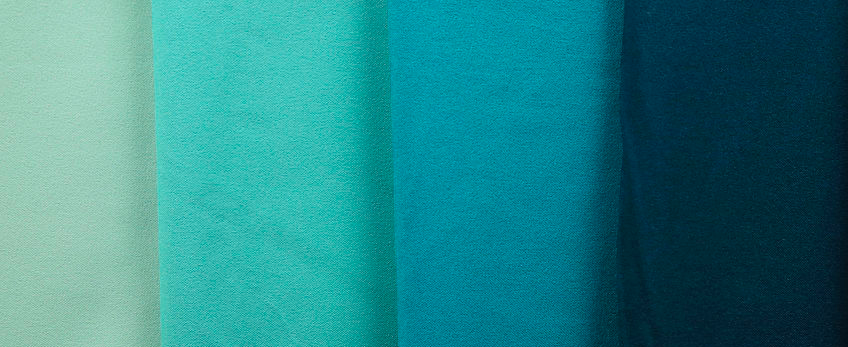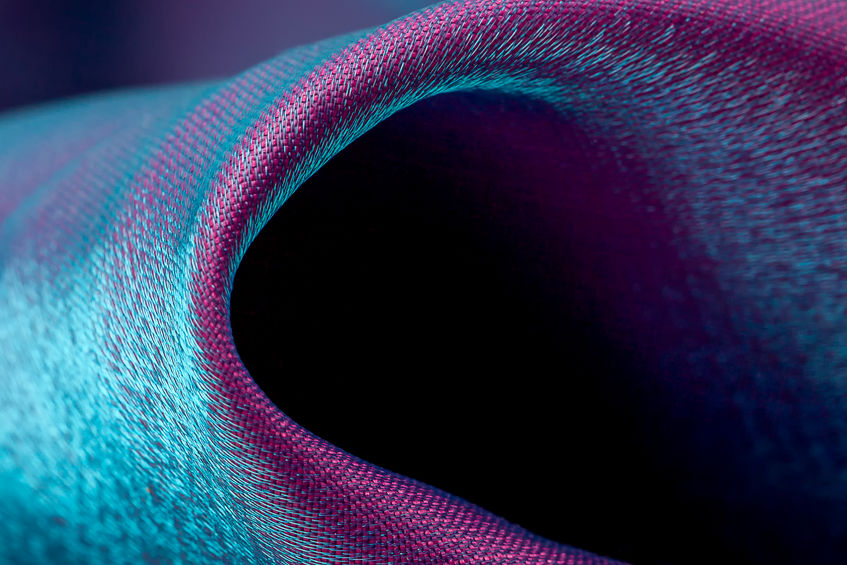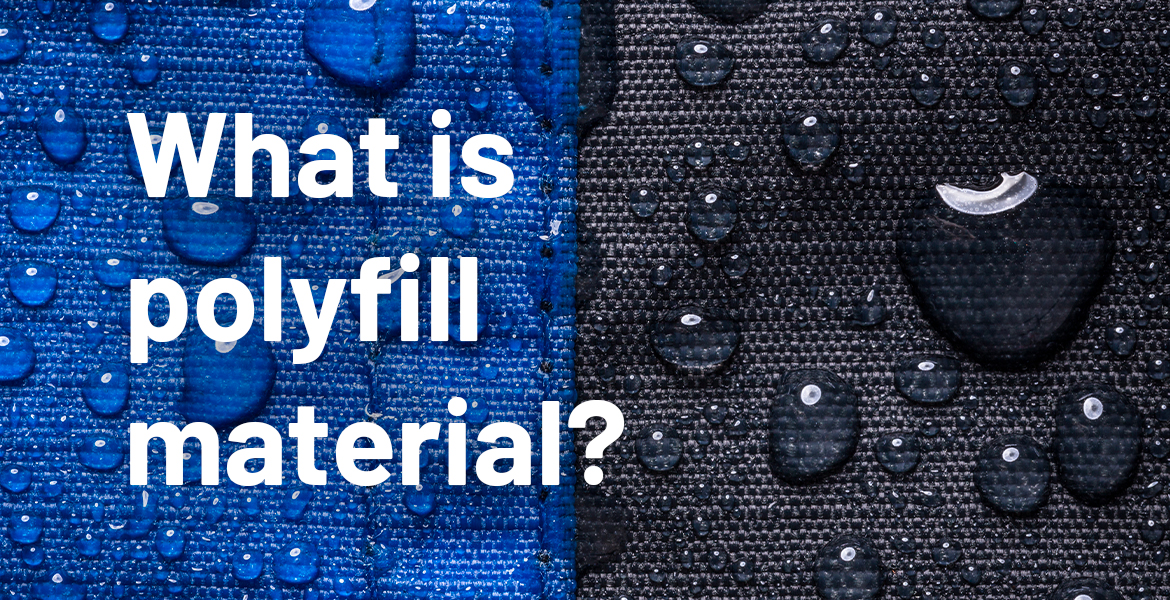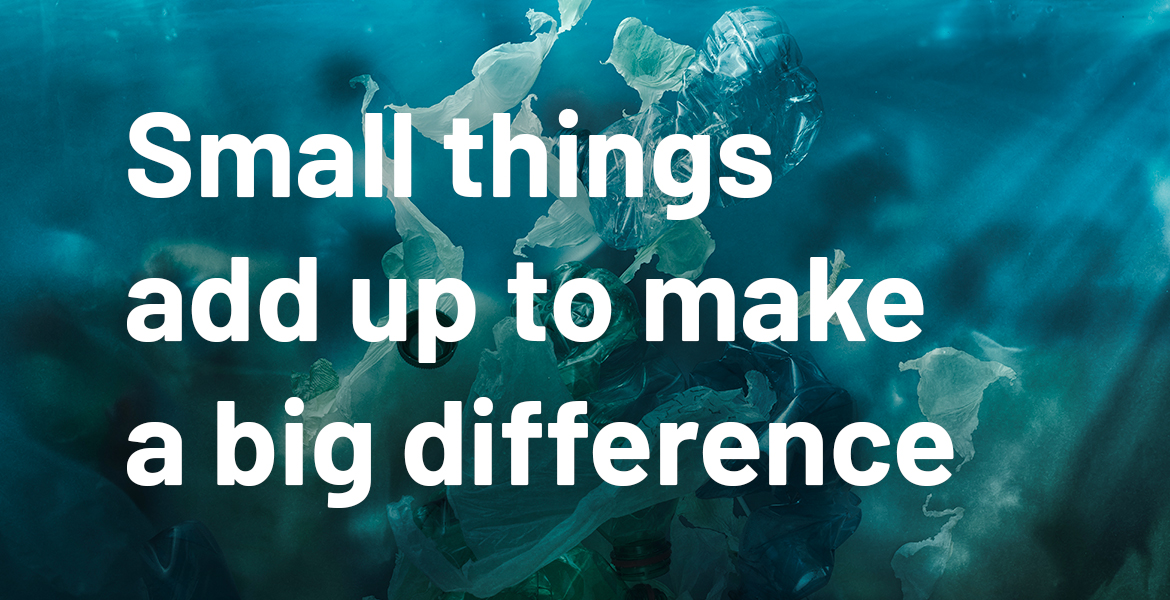In a world where the answer to nearly any question can be found in under ten seconds by the search engine in your smartphone, the list of questions seems endless. So, naturally the first question that comes to mind is “what is polyfill material made of?” right? Well I hope not, but for the sake of this article, we’ll dive into the subject of polyfill, specifically within the context of the garment/textile industry.
Whether you feel polyfill is near the top of your list of things you find most interesting or the top ten for least remarkable, polyfill, like all manmade materials, deserves attention and further understanding. What is polyfill? How is it being used today? What are the risks involved (if any), in using it?
The term polyfill, or wadding as it’s frequently called, refers to the material used for stuffing objects like pillows, musical speakers for acoustic performance, or for more technical uses like insulation for garments.
The origins of polyester dates back to 1929 when Wallace Carothers, a researcher at DuPont announced his creation of polyester. Although DuPont established patens to this new found synthetic material, it wasn’t until English researchers at Imperial Chemical Industries (ICI) industrialized the first polyester in the 1940’s by mixing ethylene glycol and terephthalic acid into polyethylene terephthalate (PET). For a post-industrial revolution culture that sought to maximize production by using cheap materials, more expensive fibers like cotton and wool became marginalized. Polyester became king.

Polyfill fibers have come a long way since the early 20th century origins. Currently, it has evolved into one of the most versatile, highly technical synthetic options for garments and outerwear alike. What was once a cheap and durable alternative to natural fibers has now become an industry standard with over 60 percent of all garments containing polyester. Not all polyfill, however, is created equal.
Whether your polyfill is woven or nonwoven, recycled or unrecycled, synthetic fibers can be stretched, blown, twisted, and spun to create nearly any hand feel and appearance you can imagine. Within the garment industry, there are many companies that have become experts in polyfill thermal insulation. Brands such as Climashield Apex, Thermore, 3M, and Primaloft are leading the way in polyester thermal developments.
With the growing awareness of sustainability, some branded companies are developing recycled synthetic polyfill insulation. Primaloft has released its GOLD SERIES which offers a 55% post-consumer recycled insulation option. In an article published June 19th titled “Reinventing Warmth With Recycled Plastic”, 3M announced the release of their most recent sustainable product, 3M Thinsulate that’ll be made from 100% recycled content, which is set to be release in Fall 2019. Thermore, however, is leading the way in 100% recycled insulation and has been doing so since the 1980’s. In addition to their 100% recycled ECODOWN (rolled/sheeted) insulation, they have most recently launched ECODOWN FIBERS, a free/blown fiber insulation that simulates down.

More recently, recycled polyfill insulation has shown to outperform unrecycled insulation in areas such as warmth, breathability, and softness. With plastic pollution arising as one of the most harmful existential global issues in the past 50 years, recycling the plastic that’s already been created, and making high-quality garments is lone of the most sensible things to do.
In an article titled “10 Facts About Plastic Pollution You Absolutely Need to Know”, Global Citizen, a charity missioned to end extreme poverty lists ten, fact-based points that will offer cold perspective to the plastic pollution epidemic.
For more information on how to help reduce plastic pollution, here’s an article listing nonprofit organizations that are committed to providing solutions and raising awareness on the subject – 17 NGOs Fighting Plastic Pollution.
With great technology comes great responsibility – we need to make sure synthetic polyfill insulation materials we’re creating are safe for us and our planet. Understanding origin and being honest about the current situation will assure a safe, fashionable, and cleaner future.




